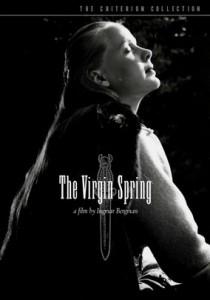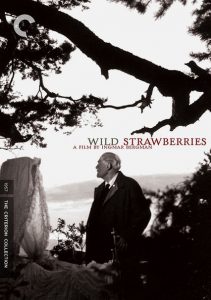The Seventh Seal-1957
Director Ingmar Bergman
Starring Max von Sydow, Gunnar Bjornstrand
Top 250 Films #49
Scott’s Review #497
Reviewed October 23, 2016
Grade: A
The Seventh Seal (1957) is an Ingmar Bergman Swedish masterpiece that, after three mere viewings, I am just beginning to appreciate and fall in love with.
It is not that I did not “get” the dark, artsy theme to begin with- I did, but The Seventh Seal is a savory dish meant for repeated offerings, and with each, I have loved it even more.
The subject matter of the plague and the Black Death is heavy.
It is a quiet yet powerful, dark art film about death.
The film is shot in black and white, which does nothing but enhance the cold, stark concepts of the film. The color would have certainly made the film cheery or bright- if that can be said, given the subject matter.
Instead, the filming is cold yet illuminating, and the whites seem very white, while the blacks seem very dark, which symbolizes the film’s concepts.
In the story, a disillusioned medieval knight, Antonius Block (Max von Sydow), returns home from war, disenchanted with life. He fought in the Crusades and returned home to Sweden to find it plagued by the Black Death.
He begins to play a game of chess alone- and is visited by Death- a hideous pale creature shrouded in black. Antonius challenges Death to chess- his fate is left so long as the game continues.
Throughout the film, Antonius is the only character who can see Death- the other characters cannot, making the film open to interpretations.
The other characters in the story are a troupe of actors that Antonius meets along the way to his castle, and a young, fresh-faced girl who has been branded a witch and is fated to be burned at the stake is featured.
Since she is close to death, Antonius takes a particular fascination with her.
Throughout the film, as well as the trials and tribulations of the characters, Death continuously lurks around, watching these characters, which is a fascinating part of the film. They cannot see him, so we can only assume their time in this world is limited.
What makes The Seventh Seal so powerful is its honesty—harsh as it is. The knowledge that death is coming for these people is fascinating. Many characters discuss God in length and pray, as religion is an enormous aspect of the film.
It almost contains a good vs. evil, God vs. devil component, and again, important to stress, highly open to interpretation. Great art films are.
Numerous scenes reverberate and are significant iconic moments in film history decades later. The scene of Antonius and Death playing chess on the beach is chilling and ghost-like. Death- his pale face and a black cloak would frighten anyone. This scene has been referenced numerous times over the years.
My favorite is the inevitable final shot of peasants being led to their fate by Death. They are pulled begrudgingly by a rope reminiscent of the Pied Piper titled “Dance of Death.”
The individuals are dressed in black and are atop a hill surrounded by the sky, making the morbid scene highly effective.
The Last Supper scene is powerful, and the group enjoys the final meal, unsure of what fate has in store for them the next day.
I anticipate more viewings of this brilliant piece of filmmaking.



